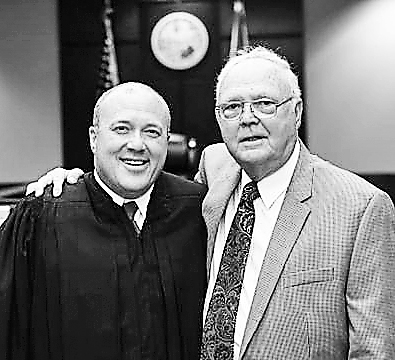Have you ever spent a rainy day working on a puzzle?
Thank goodness for the picture on the box cover; without it, you wouldn’t have any idea of what you’re trying to assemble and you’d just have a jumble of pieces.
In many ways, trials are like jigsaw puzzles. Civil causes of action and criminal cases are made up of elements that plaintiffs and prosecutors must prove to win their cases. By analogy, the elements of a case are the key puzzle pieces.
The burden of proof determines who is responsible for assembling the puzzle. Plaintiffs and prosecutors bear the burden of proof and must present evidence in support of their claims. In a civil case, the plaintiff must prove the defendant’s liability and the amount of damages due. In a criminal case, the prosecutor must prove the crime was committed and the defendant did it.
Standards of proof impose quality controls that govern how juries decide cases. Usually, plaintiffs must prove their claims by the “greater weight of the evidence.” This means a plaintiff must persuade the jury that his or her claim is probably true.
However, some cases require plaintiffs to prove their claims by “clear and convincing evidence.” This means a plaintiff must persuade the jury to firmly believe that his or her claim is true.
In criminal cases, prosecutors must prove their cases “beyond a reasonable doubt.” This means the prosecutor must persuade the jury of the defendant’s guilt by eliminating all reasonable doubt that he or she committed the crime.
Here are two examples.
In a civil lawsuit, a bank sues someone for defaulting on a loan. To win its claim for breach of contract, the bank must prove four elements by the greater weight of the evidence:
Contract–the parties had a contract;
Breach–the defendant breached the contract;
Causation–the breach caused the plaintiff to suffer damages;
Damages—the amount.
In a criminal battery case, the defendant is arrested for punching his neighbor and charged with criminal battery. To win at trial, the prosecutor must prove one of the following two elements beyond a reasonable doubt:
(1) The defendant intentionally touched or struck the neighbor against the neighbor’s will; or (2) The defendant intentionally caused bodily harm to the neighbor.
The Honorable J. Layne Smith is a Circuit Judge, bestselling author, and public speaker.



